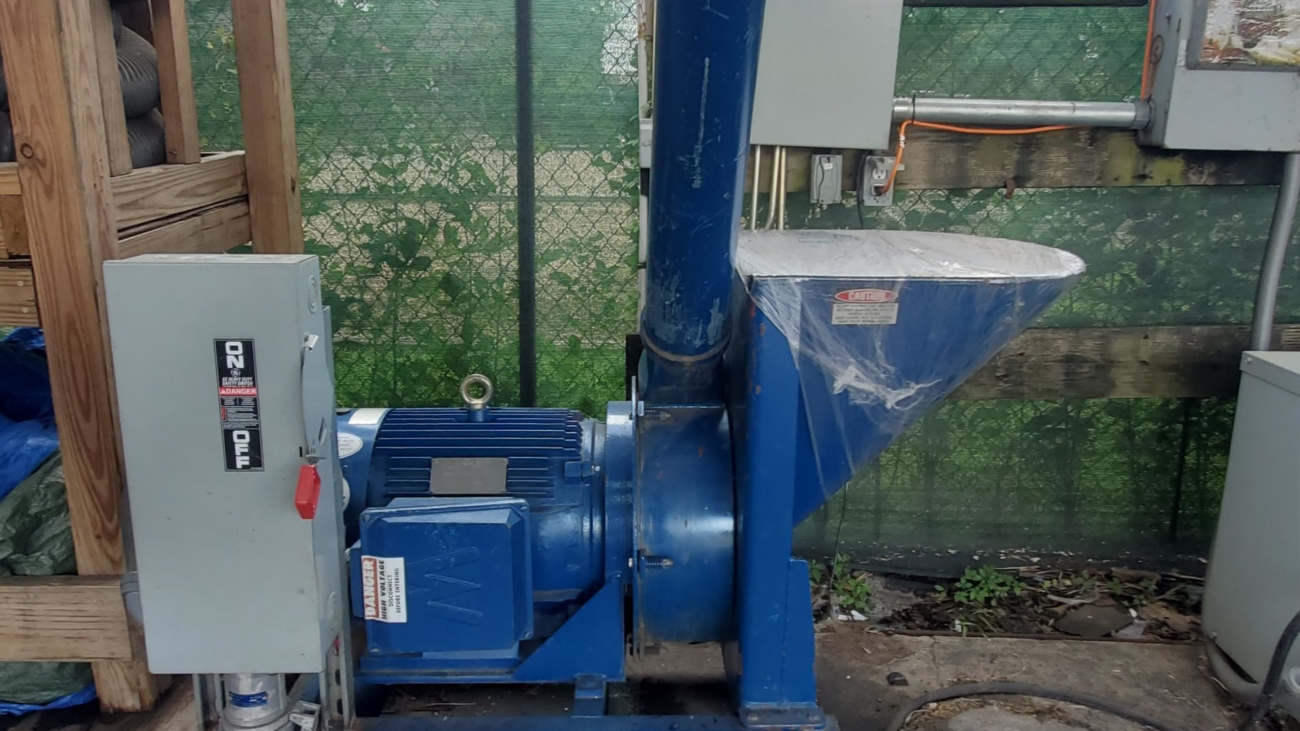If you often work with concrete you probably already understand the importance of having a reliable concrete cooling system in place. Otherwise, the high temperatures caused by the exothermic chemical reaction during the production of concrete can cause the final product to be less durable, more susceptible to cracking, non-uniform, and not as strong. However, there are many different options available for concrete cooling and you may be unsure exactly what you need.
One such component of some concrete cooling systems is a post-pour cooling system. In order to understand if you need this type of cooling, you first have to know what post-pour cooling is and then you can ascertain if you need it or not.
What is Post-Pour Cooling?
Post-pour cooling is a system that cools concrete after it has been poured. This type of system is generally used with extremely high volumes of concrete such as with big dams, large foundations, and some concrete highways. The system uses containerized water chillers and a piping system to cool concrete from the inside.
Pipes are laid in the area where the concrete is going to be poured. After the concrete is poured, the pipes are inside. Water is released into the pipes from the containerized water chillers. The water normally begins at about 40°F and ends at about 50°F.
The chillers that are used are similar to chillers used to cool the mixing water. However, these containers are a bit more mobile. This mobility allows you to make sure that you get water to every part of the concrete. As the project progresses, you can move the water to the newer parts.
Why is Post-Pour Cooling Generally Not Needed?
There are a few reasons why post-pour cooling is generally not used:
- High Start-up Cost – The initial investment for post-pour cooling is quite high. This tends to keep people from using it unless it is absolutely necessary.
- High Operational Cost – Since water is continuously run through the pipes until the massive amounts of concrete are completely cooled, the operational costs is also quite high.
- Delicate Process – One of the biggest reasons why post-pour cooling is generally not used is that the process is quite delicate. There are a number of factors—pipe size, spacing between pipes and temperature of water. If each of these factors is not just right, your concrete is more susceptible to cracking.
The bottom line, however, is that post-pour cooling is generally not used because it’s not necessary. For most concrete applications other, standard methods of concrete cooling, will be sufficient to properly cool the product. However, when more intensive cooling is needed, post-pour cooling is a great option.
SEMCO/SEMCOLD LLC Can Customize Your Concrete Cooling System
Whether you need post-pour cooling or not, SEMCO/SEMCOLD LLC can customize your concrete cooling system. We realize that not every business is the same, so not every business needs the same cooling system. When you work with SEMCO/SEMCOLD LLC you get the option to purchase exactly what you need. We strive to provide you with the best machinery, products, and service possible for your individual needs. If you believe you need a post-pour concrete cooling system, or any type of concrete cooling system, contact us and let us help you get the system that is right for your company.

